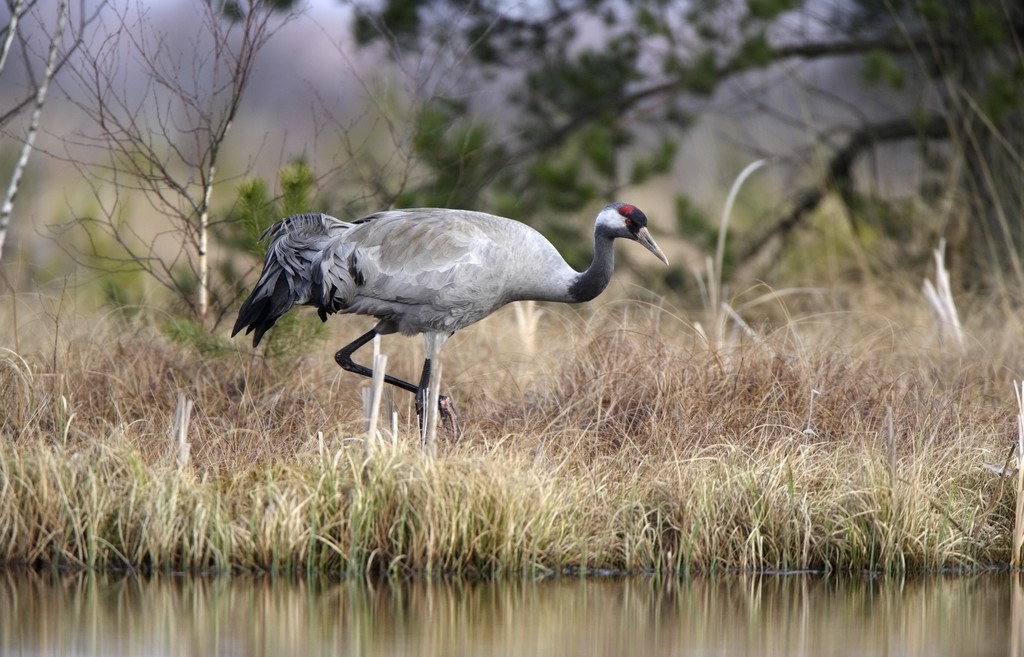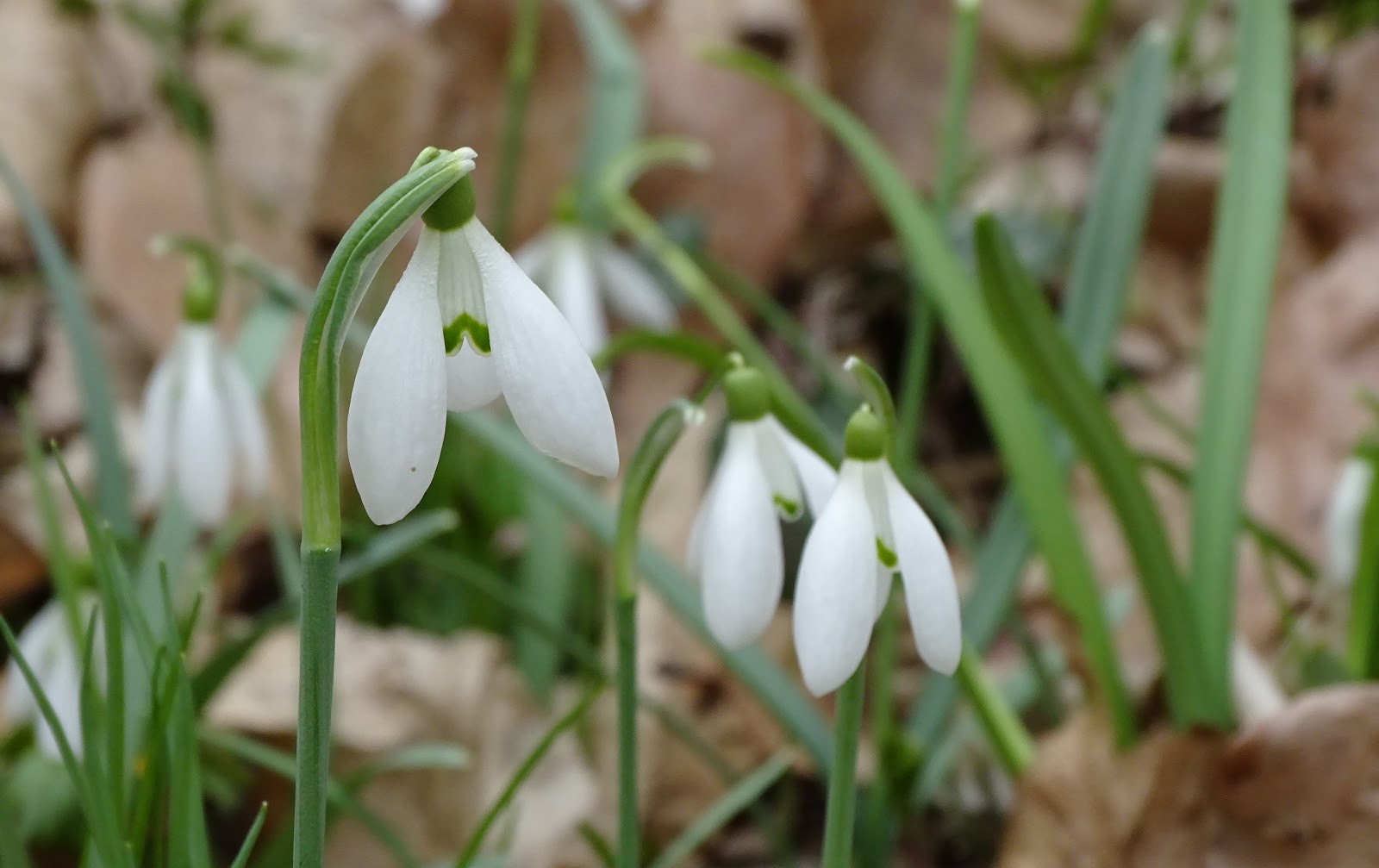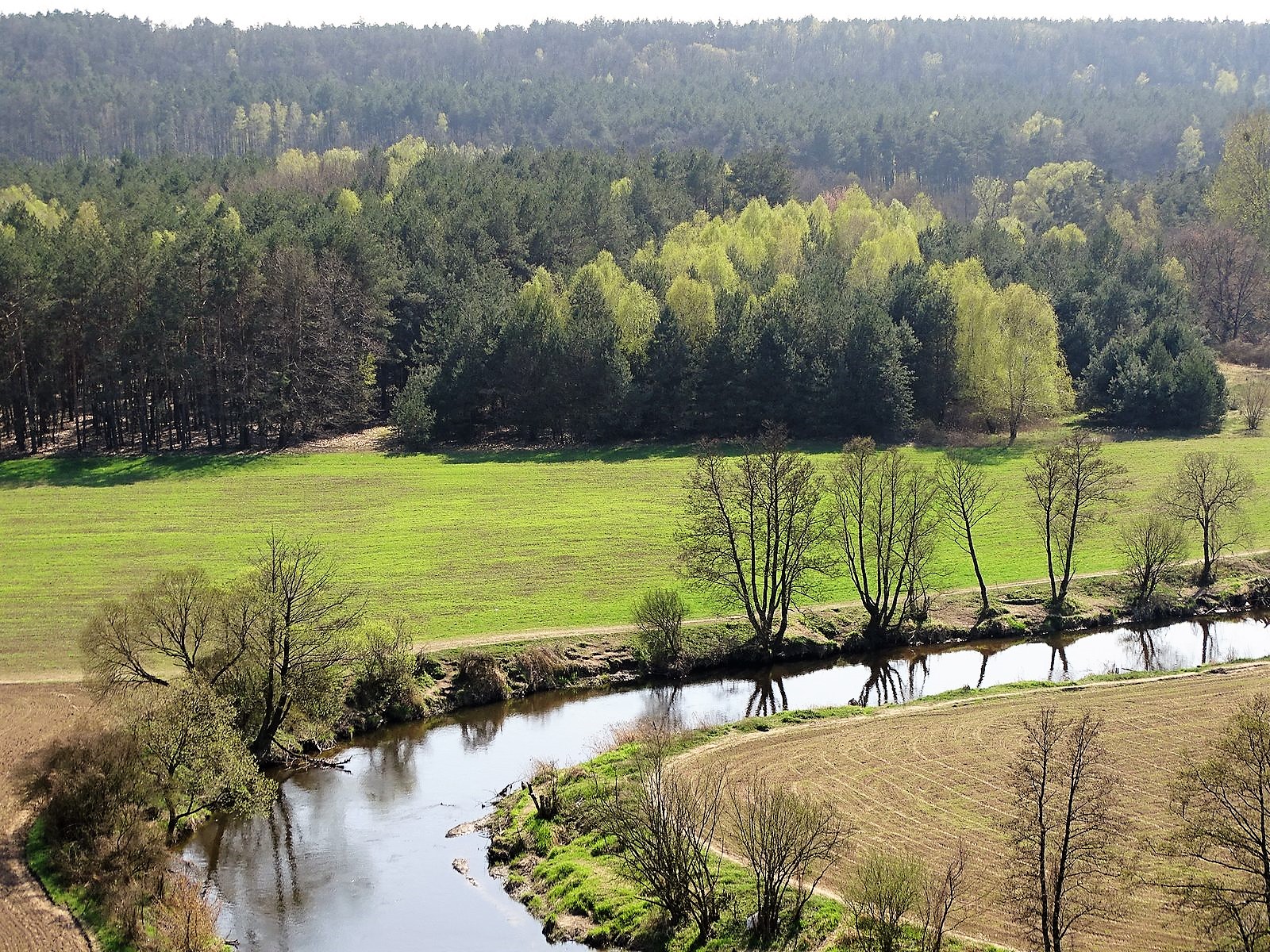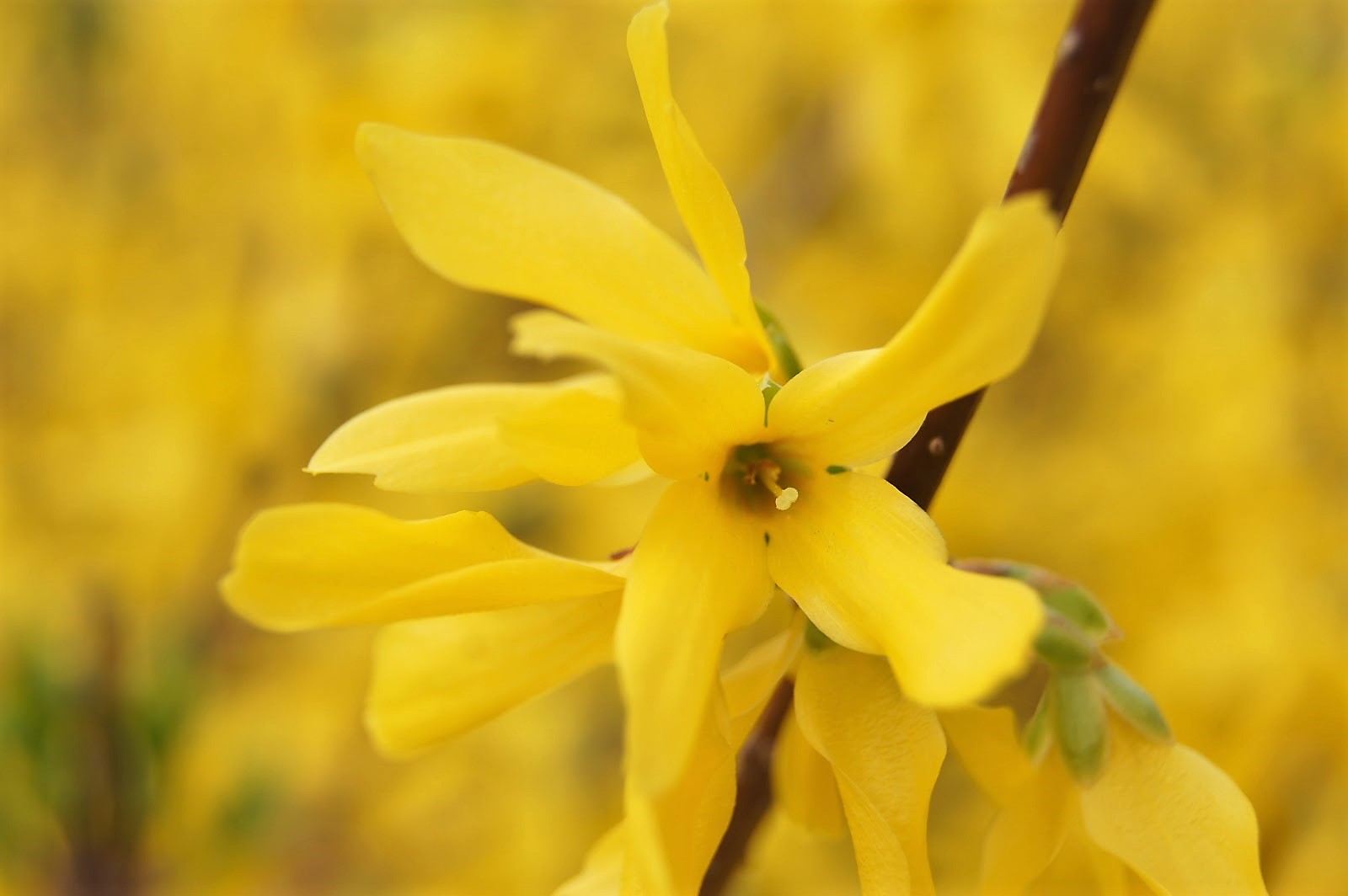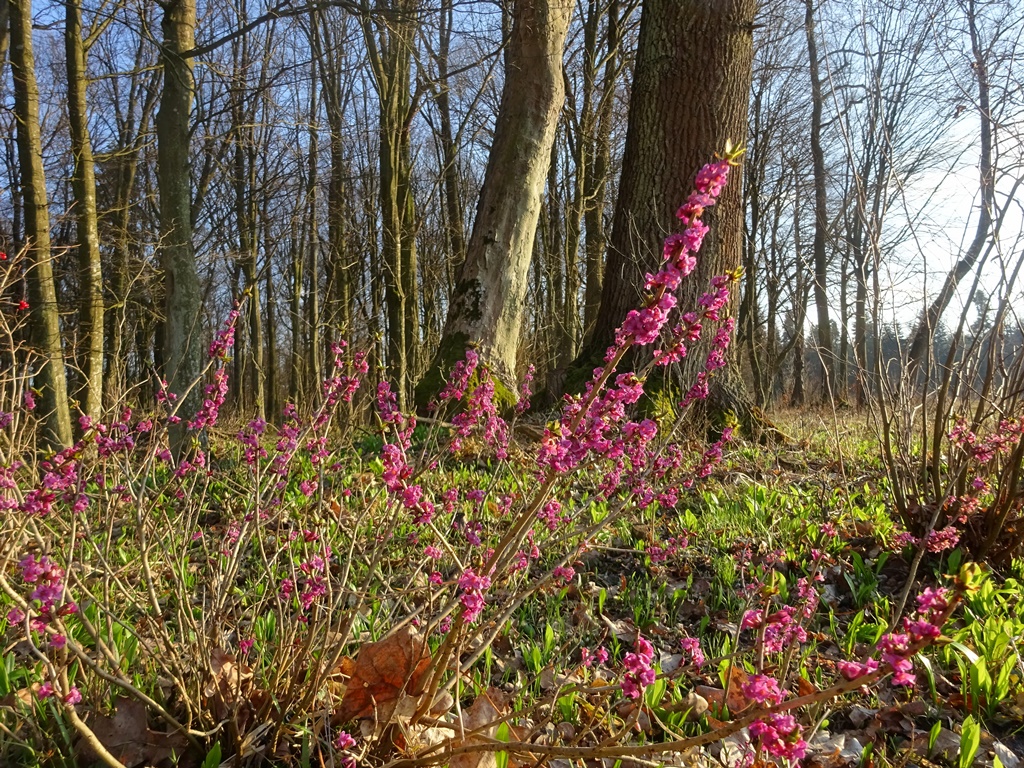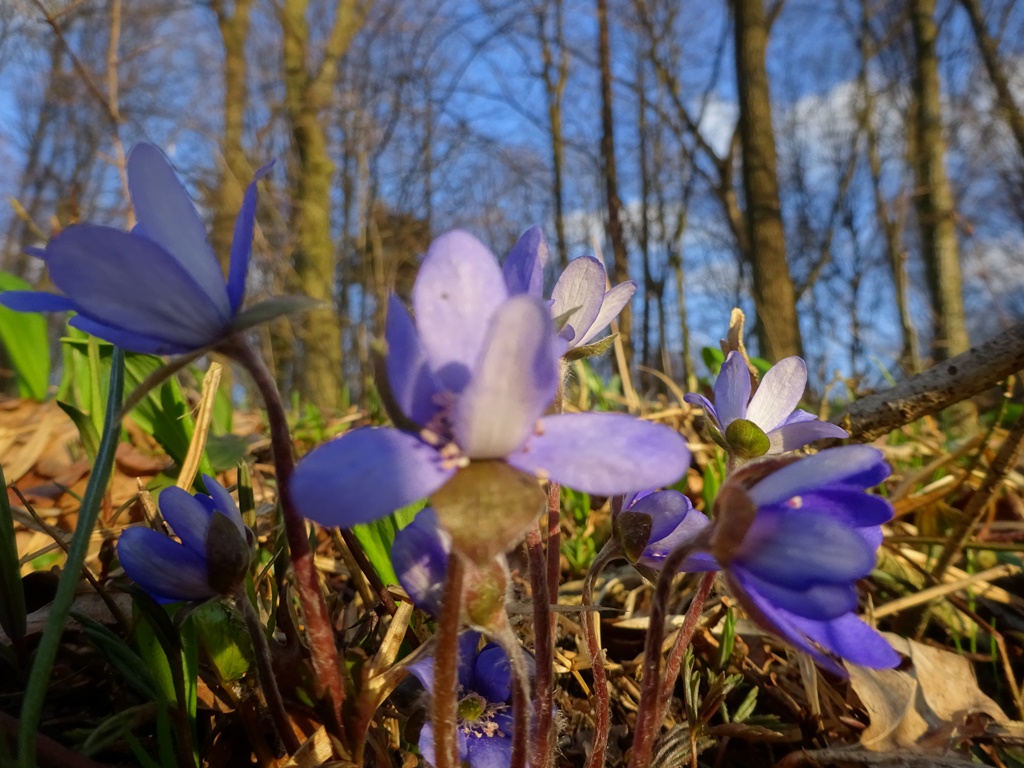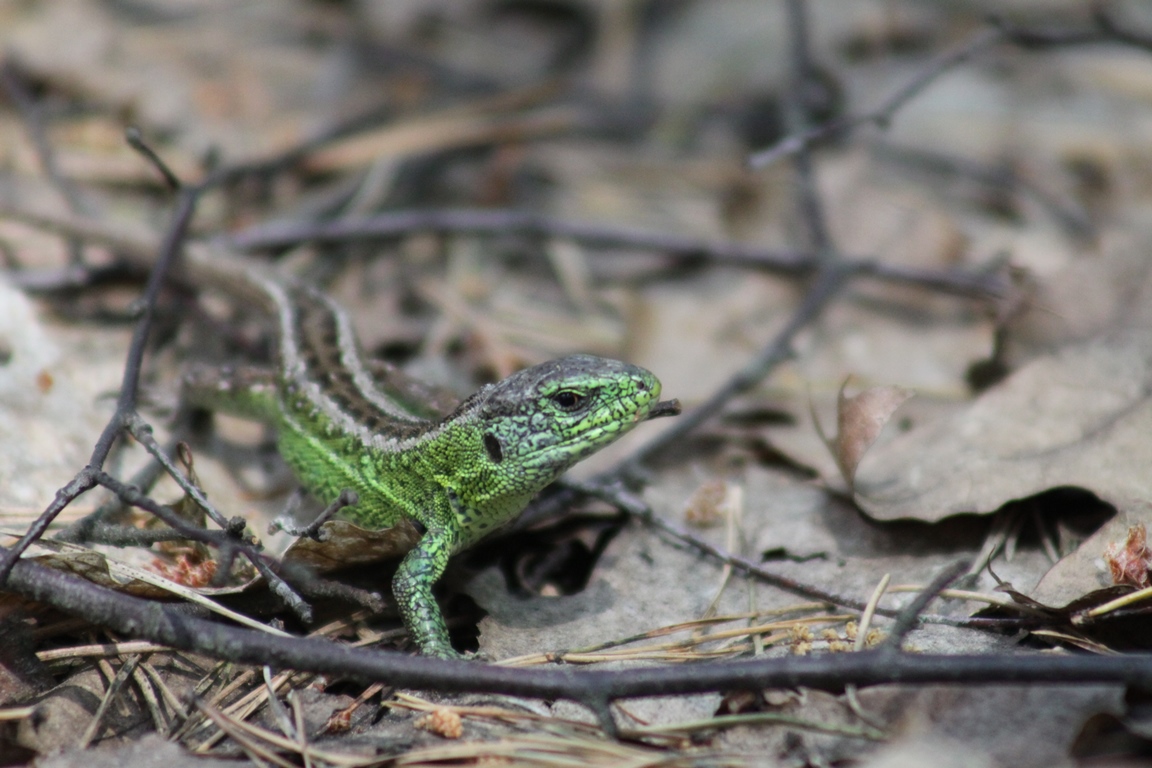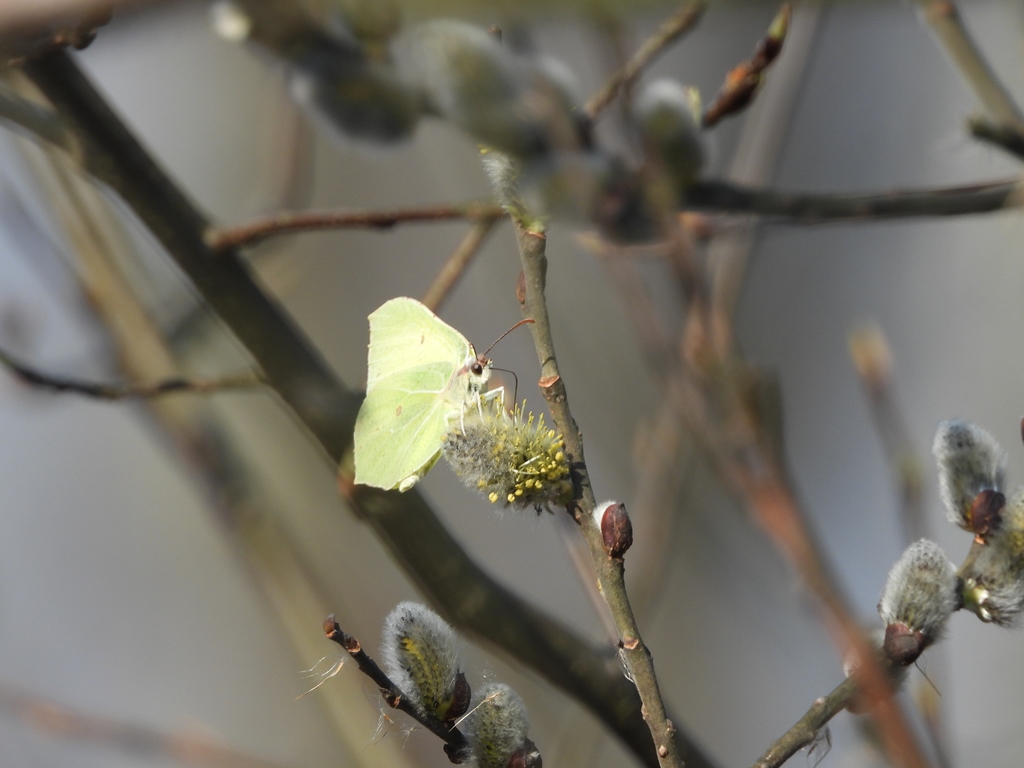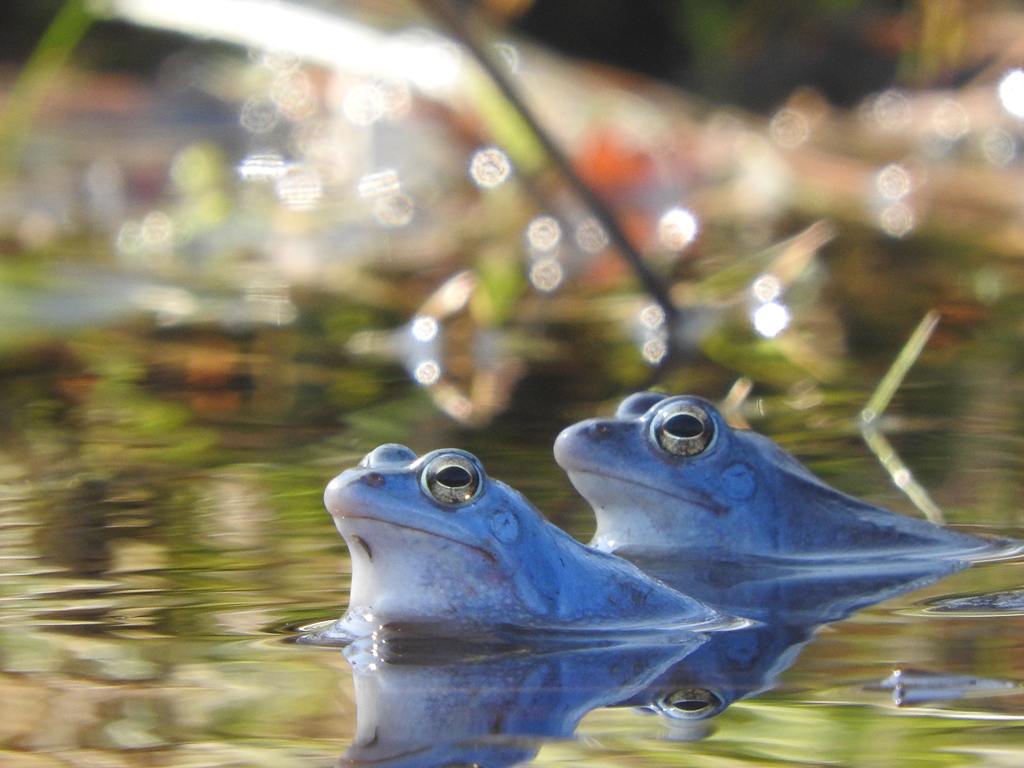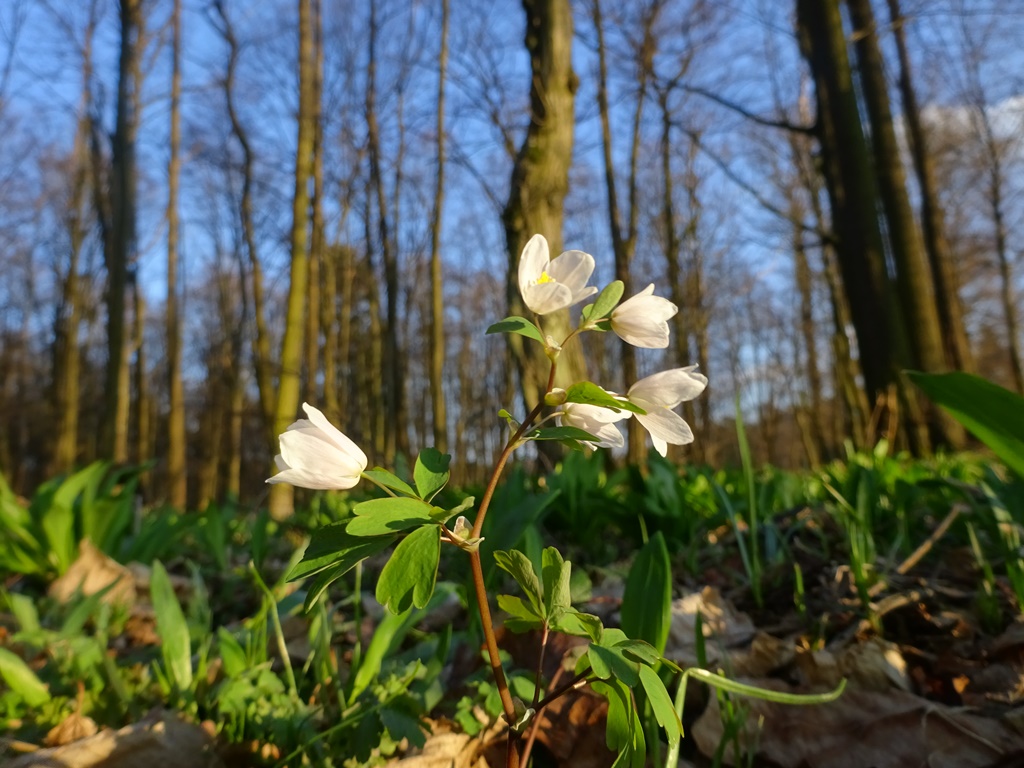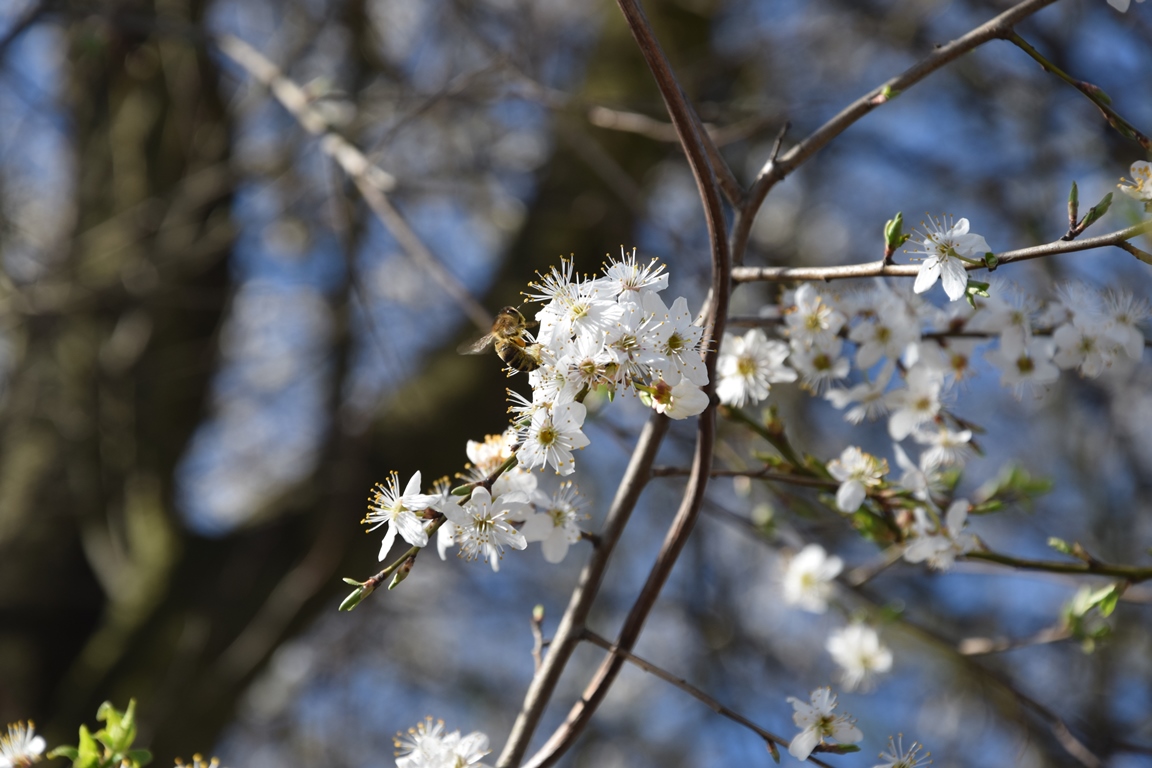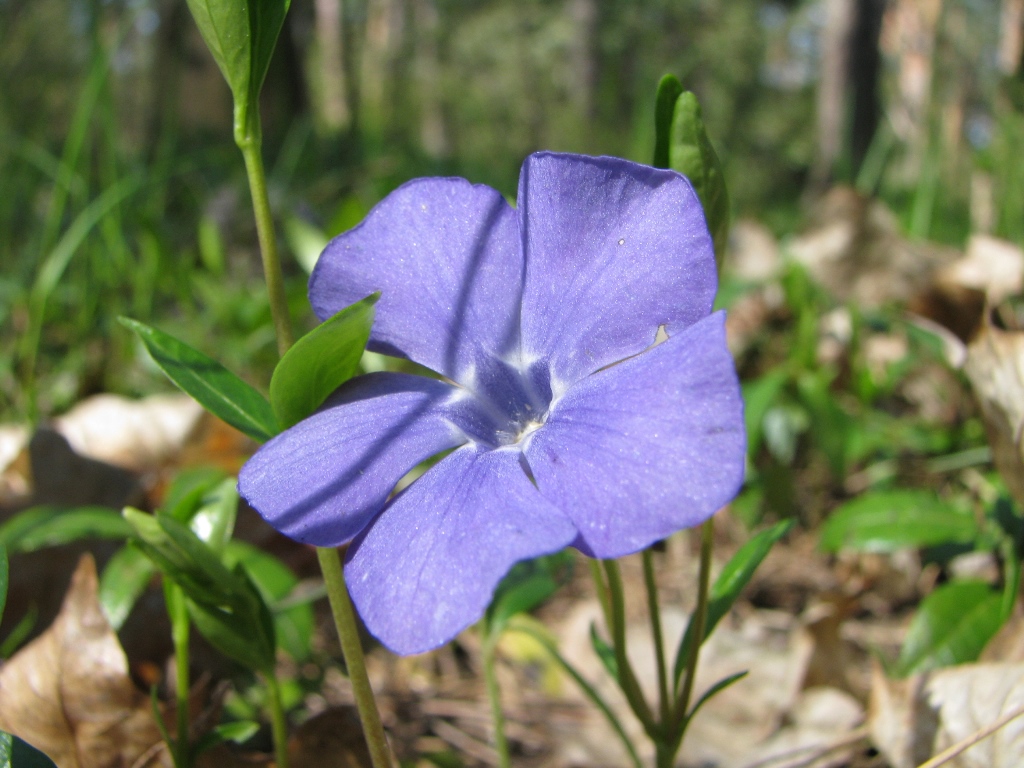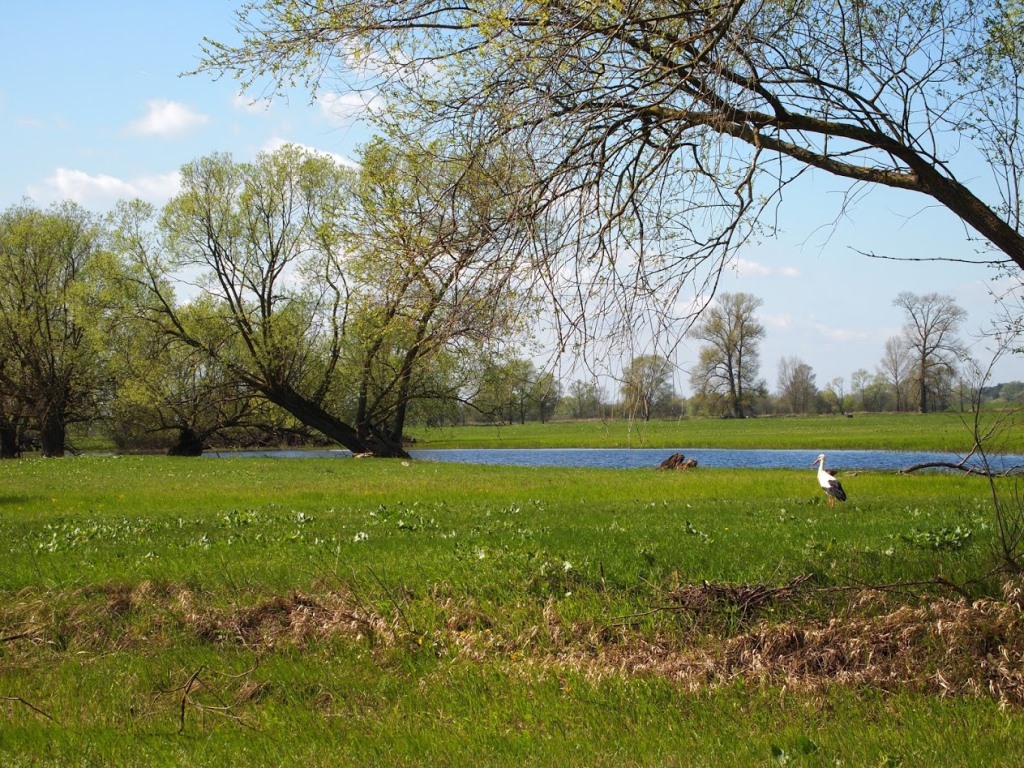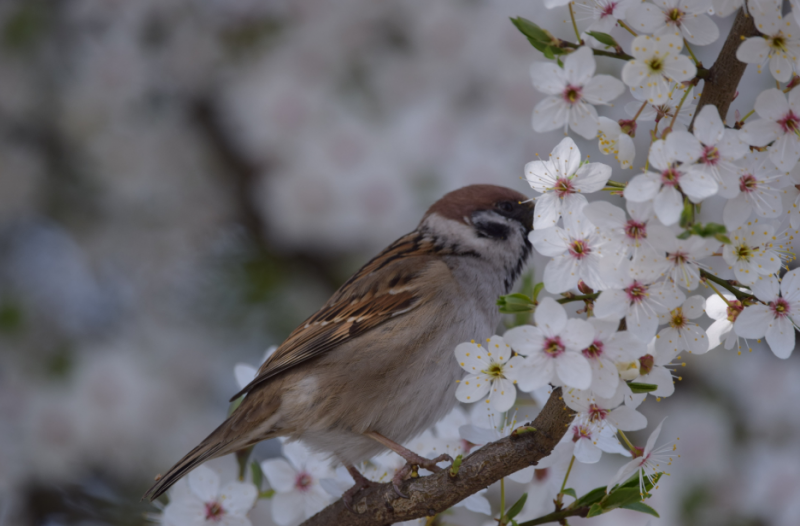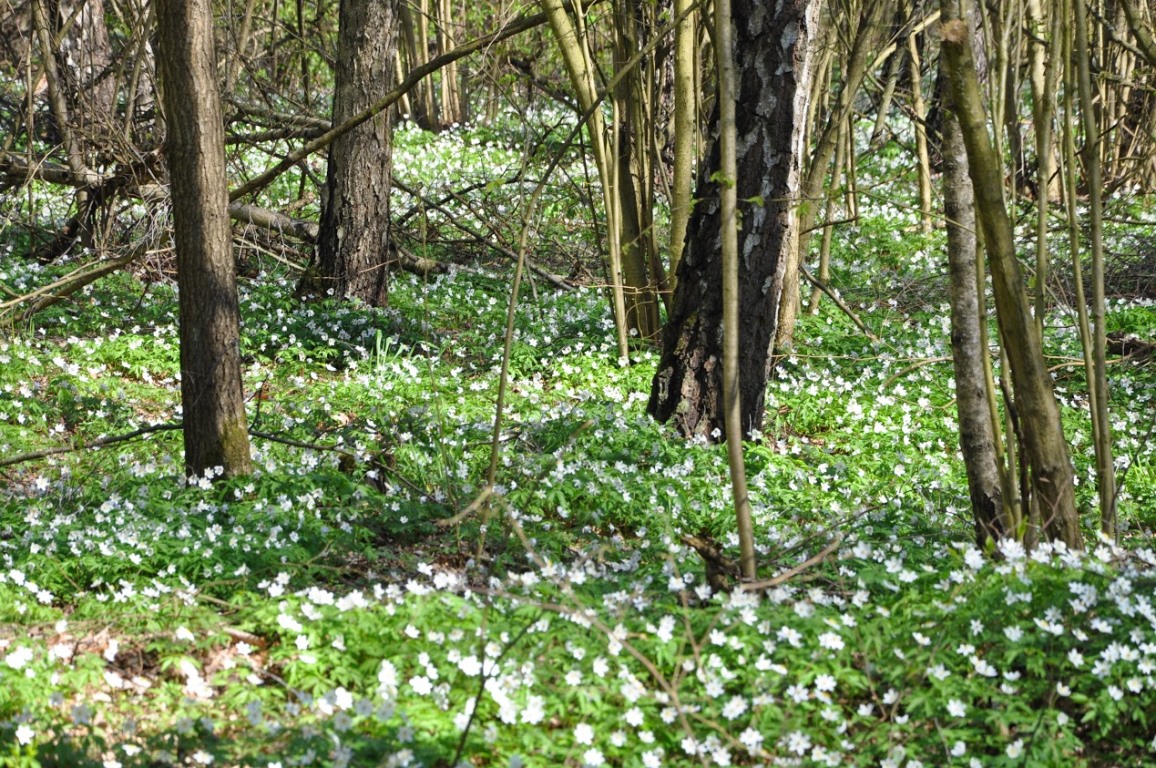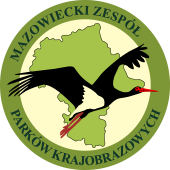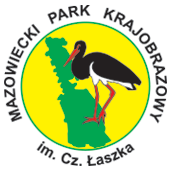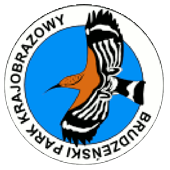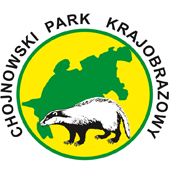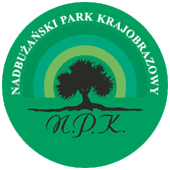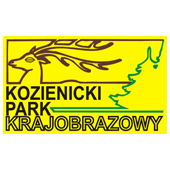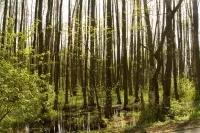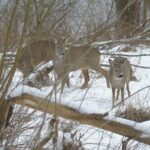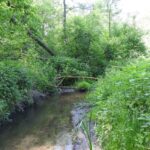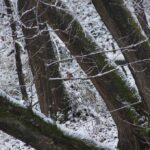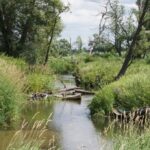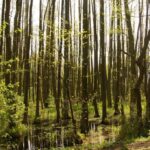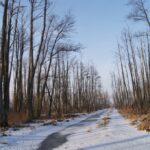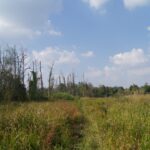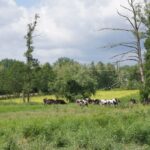Chojnowski Landscape Park is one out two our parks which lie directly in the proximity of Warsaw.
Is was created on 7th June 1993 on the land belonging to five municipalities: Piaseczno, Konstancin-Jeziorna, Góra Kalwaria, Prażmów and Tarczyn, in oder to protect Chojnów Forest Complex, Jeziorka River Valley and a fragment of Vistula River Valley with its former embankments and numerous nature reserves.
The Park is situated on Vistula’s left riverbank, its surface is mostly flat with occasional small sanddunes. An especially valuable element of its landscape is Jeziorka River Valley with its tributaries: Zielona and Tarczynka. Unfortunately, many small swamps which enrich the forest landscape are currently disappearing.
Most prominent habitat type in the Park is forest, namely mixed deciduous and coniferous forest stands with pines, oaks, birches and linden trees. Richer soils are vegetated by oak-hornbeam forests with occasional pines, lindens and aspens. Fruit trees such as crab apples, wild pears and bird cherries can oftentimes be found here. River valleys shelter fragments of riparian forests. Solitary beech trees were most likely planted here.
Alders, ahes and elms (field and European white elm) grow in river valleys. Coniferous trees which occur here are predominantly pines, spruces and larch trees. The Park is also home to an isolated stand of European honeysuckle – a plant which normally occurs in coastal areas – protected in „Biele Chojnowskie” nature reserve.
Jeziorka River Valley with the surrounding meadows and pastures which are still in agricultural use is an important habitat for waterfowl and mammals. Kingfishers and otters hunt here; Jeziorka’s waters are populated by circa 20 species of fish such as river trout and burbot.
Around 100 bird species nest in the Park. Among the most important bird habitats are Żabieniec Fishponds where common goosanders, black and red-necked grebes, little grebes, Eurasian teals, bearded reedlings, Eurasian penduline tits and black storks can be watched. A nearby recreational complex „Zimne Doły” is accessible to tourists all year round. It has designated campfire places, shelters, a playground for children and a parking place. A marked educational nature trail runs next to it.
Since 2011 the Park has been coordinating amphibian conservation activities. Every spring season children from cooperating schools in Głosków and Zalesie Górne carry amphibians across two busy roads in order to lower accidental mortality as migrating apmhibians are increasingly being run over by cars. The Park coordinates erecting of fences along the problematic road sections and placing bucket traps, while schoolchildren and local inhabitants carry out the job of carring amphibians to the other side of the road three times a day. Thanks to their help, several thousands od amphibians are saved each year. Among them are spadefoot toads, tree frogs, European fire bellied toads and common toads.
Thanks to its natural and landscape values the Park is frequented by numerous tourists. Seven walking paths as well as eduactional trails and cycling paths have been designated for them.
